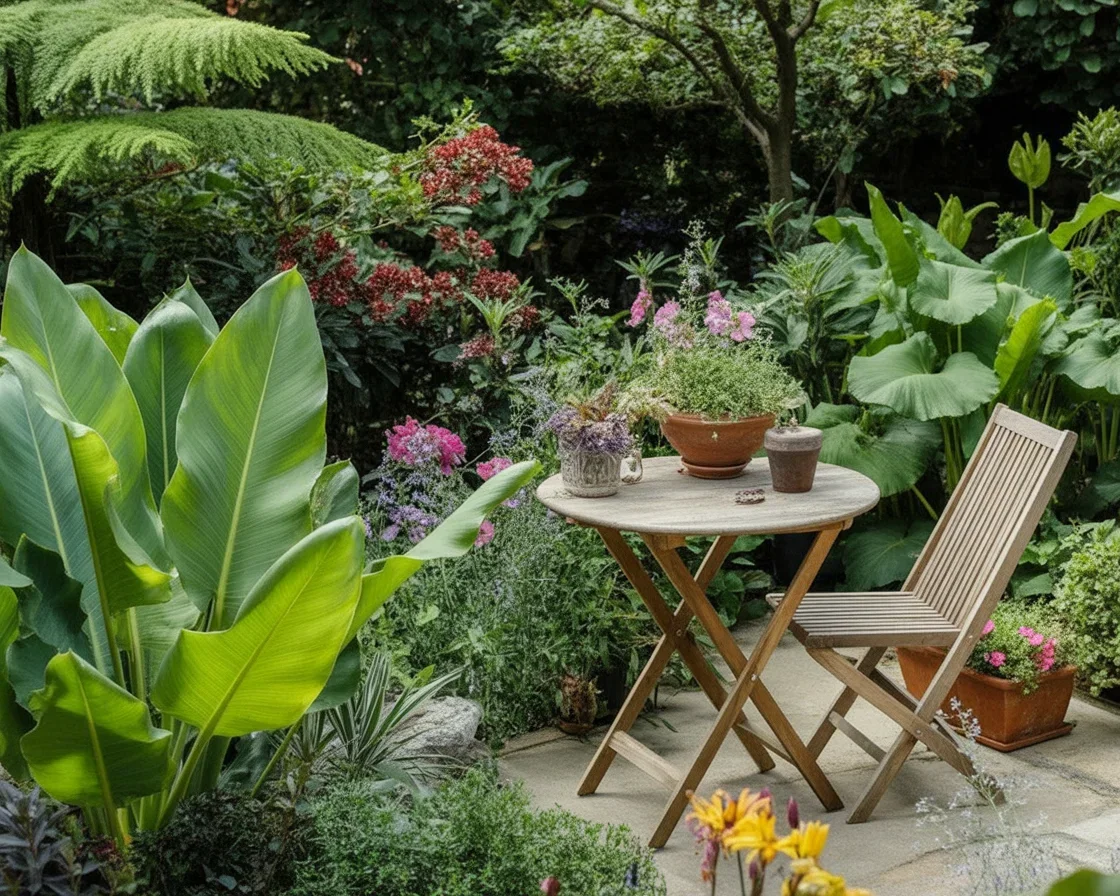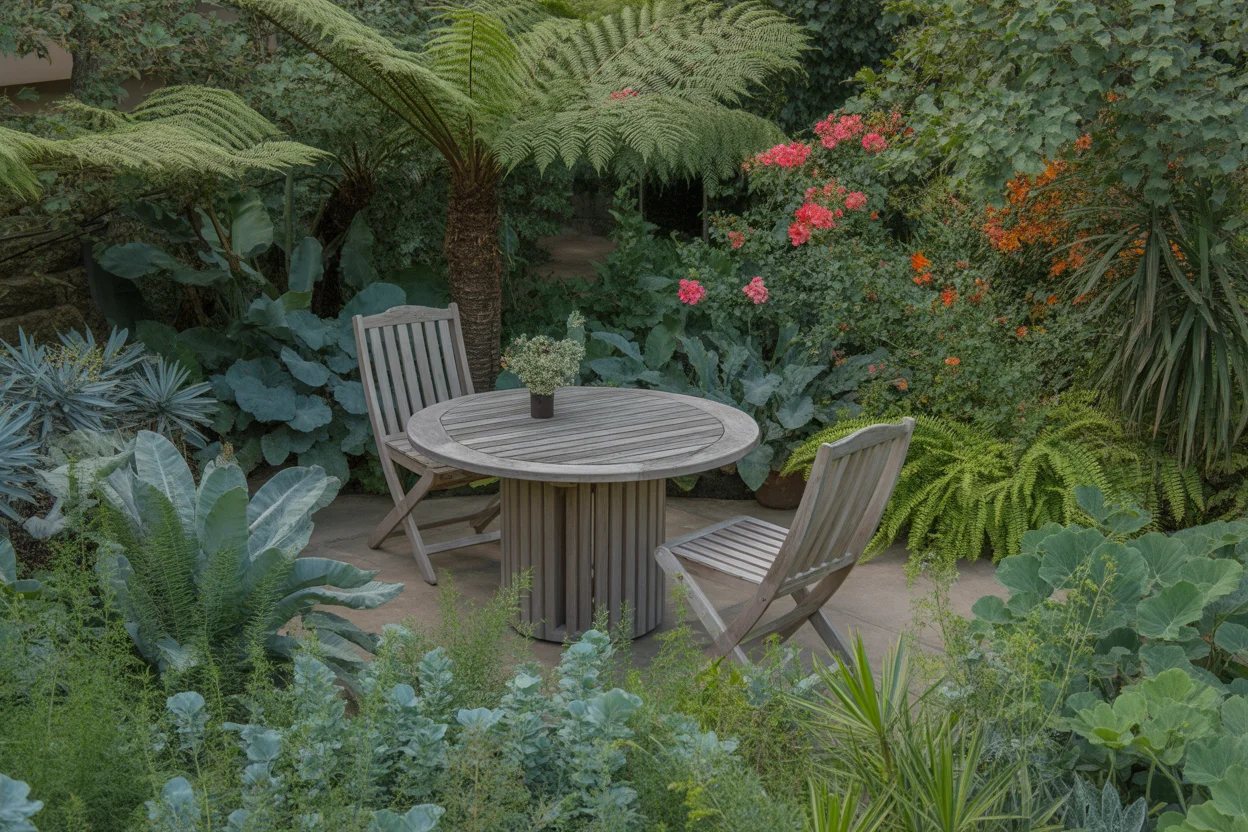Ever feel like small garden ideas are just meant to make you jealous? Yep, me too. It’s tough—tiny outdoor space, too many dreams, and a budget that’s, well… tight as my old jeans after the holidays. Honestly, who hasn’t looked out at that patch of sad grass (is that even grass?) and wondered how to give it some pep? Turns out, it doesn’t have to cost a fortune or involve hours of sweating. If you’ve checked out inspiring ideas like these tropical gems or you’re after a comfy small patio garden, you’re in for a treat. Let’s dig into the nitty-gritty—literally.
Table of Contents
CONSIDER FUNCTIONALITY
Here’s where I went wrong the first time: buying a bunch of random plants (they were cute, I panicked) and shoving them anywhere they’d fit. Spoiler: it was chaos.
Functionality first. Take a step back and think—what do you want from your garden? Fresh tomatoes? A spot for coffee? Room for the kids’ tornado games? I used to try cramming everything in, but turns out less is more. Divvy up your space. Maybe a slim bench over there. A cluster of planters in the sunniest spot. Keep paths clear, even if it means sacrificing another plant baby. You need space to reach everything, or you’ll never water that sad rosemary in the back.
And hey, don’t be afraid of multi-taskers. Benches with storage, planter boxes that double as tables… Good design does double-duty. I tossed an old ladder against the fence and—bam—vertical herb garden. Function, looks, and saved floor space. Win-win-win. 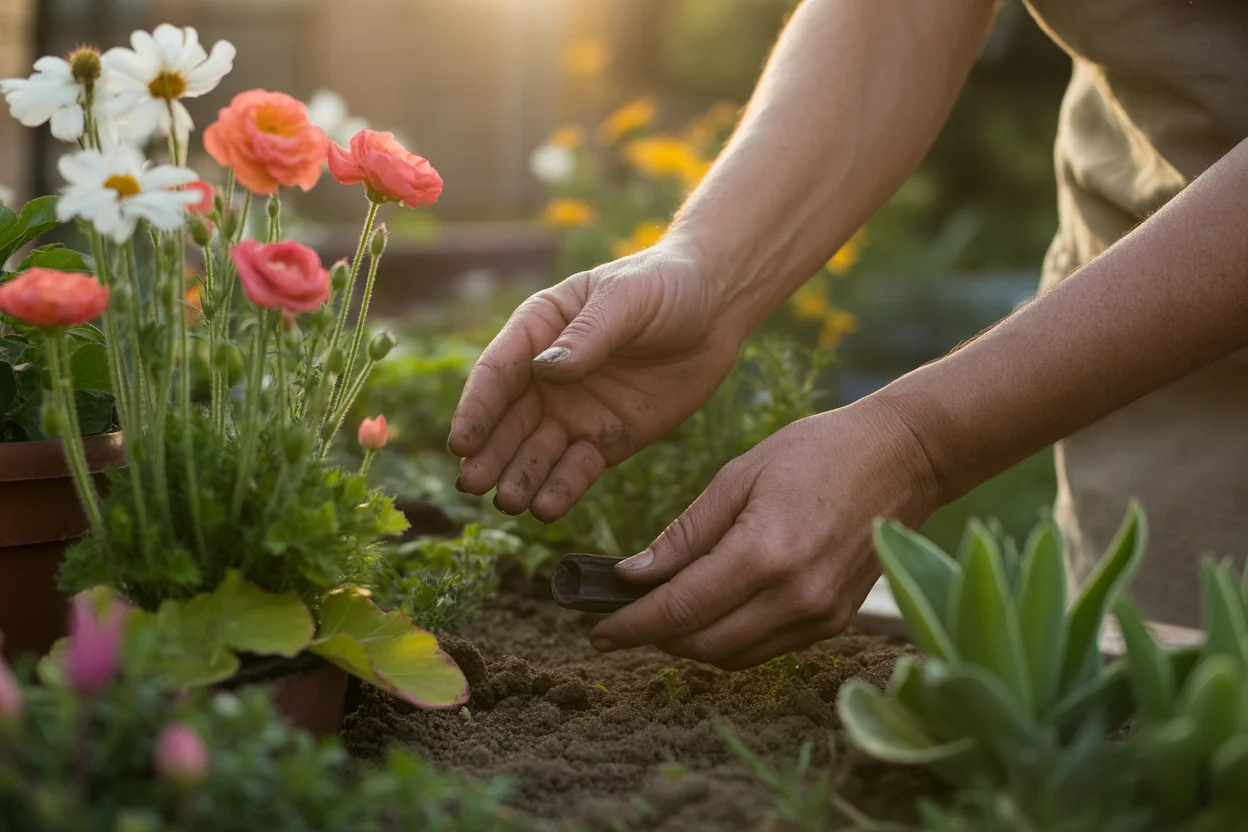
13 DESIGN TIPS FOR SMALL SPACES
Got a tiny yard, balcony, or patio? No worries! With a few smart tricks, even the smallest space can feel fun, fresh, and full of life. Here are 13 simple design tips to make your small outdoor area look bigger, brighter, and more beautiful.
I get it, 13 sounds superstitious, but roll with me because these little changes make a world of difference. Every square foot counts, right? Here’s how I squeezed big vibes into my shoebox yard:
1. Go Vertical with Your Plants
When floor space is tight, think upwards! Use your walls, fences, or even an old shed to hang pots, plant boxes, or trellises. Climbing plants like ivy or tomatoes grow up instead of out, saving space and looking super cool.
2. Choose Statement Planters
Use bold or unusual containers to catch attention. Try colorful pots, patterned planters, or even recycled items like teapots or rain boots. These little touches make your garden look artsy and personal.
3. Group Plants by Height
Place taller plants in the back, medium ones in the middle, and short ones in front. This simple trick helps you see everything clearly and keeps the space feeling organized and open.
4. Mix Different Textures
Use plants and materials that feel different—like soft leaves, spiky grasses, smooth stones, or rough wood. Mixing textures keeps things interesting and stops your space from feeling flat or boring.
5. Play with Color
Don’t just rely on flower colors. Paint a fence a bright shade, add colorful chairs, or pick fun-colored pots. Adding color in different places can make your space feel cheerful and alive.
6. Create Layers with a Tiny Lawn
If you have a small patch of grass, make it more exciting! Add a winding path with stepping stones or edging plants around it. Layers trick your eyes into thinking the space is bigger than it really is.
7. Reuse Old Stuff
Turn everyday things into garden decorations or planters. Wooden pallets, old mugs, broken wheelbarrows—get creative! Recycling adds charm and saves money too.
8. Use Curves Instead of Straight Lines
Instead of making everything straight and square, try curvy edges for garden beds or pathways. Curves feel more natural and make small spaces seem larger and softer.
9. Add a Mirror
Yes, a mirror! Put one on a fence or wall to reflect your plants and garden features. It creates the illusion of more space and light—like magic for your yard.
10. Add a Fun Feature
Pick one standout item like a birdbath, garden lantern, or even a silly gnome. It gives your eyes something to focus on and makes the area feel complete without being crowded.
11. Choose Folding Furniture
Use chairs and tables that fold up when you’re not using them. That way, you can open up your space for gardening, relaxing, or just moving around more easily.
12. Put Pots on Wheels
Use plant pots with wheels or place them on rolling trays. This makes it easy to move plants into the sun, change your layout, or tuck them away when you have visitors.
13. Stick to a Color Theme
Too many colors can make a space feel messy. Choose just two or three main colors for your plants, pots, and decorations. It helps your garden look calm and well-designed.
Bet you didn’t think that was possible in a matchbox garden, huh? 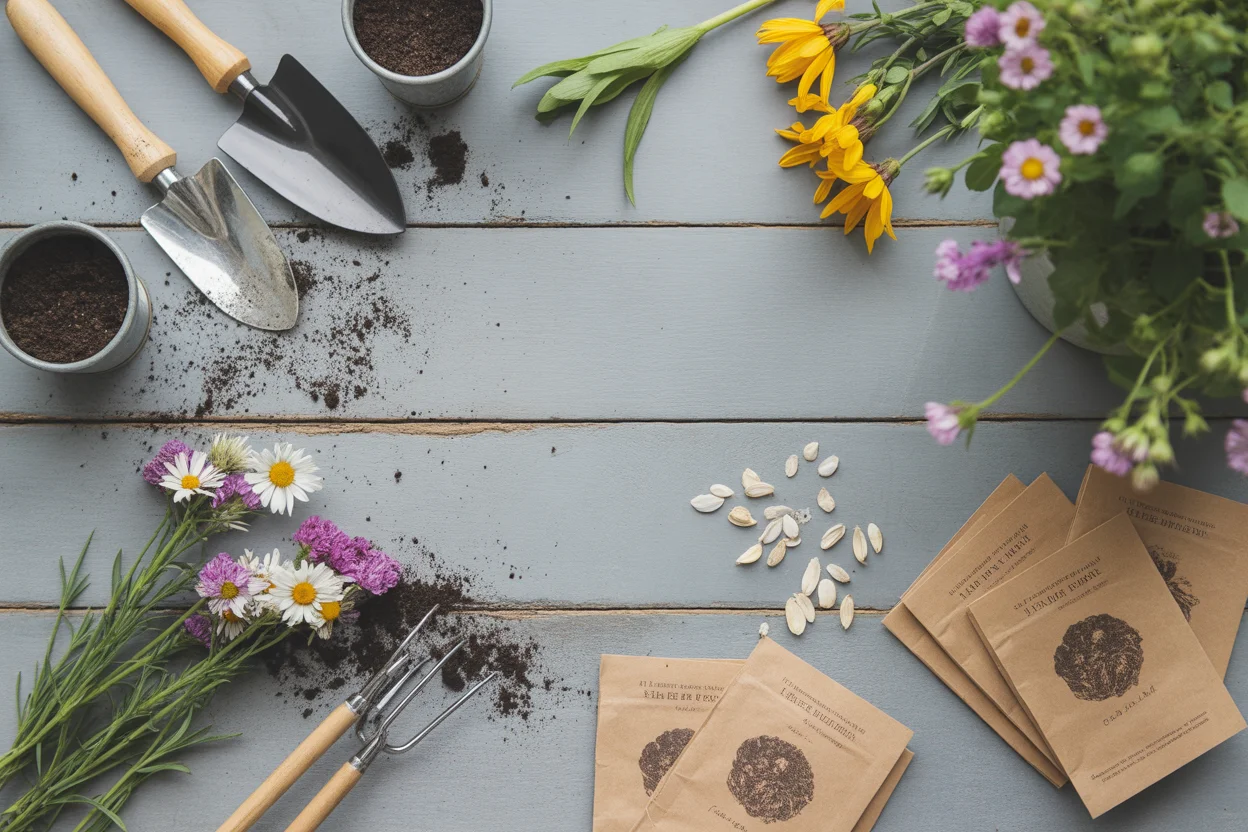
BUILD AN ARCHED TRELLIS
I always wanted to walk through a garden arch, like in those swoony British films—so I made one. Sort of janky, but who’s judging?
All you need is some sturdy poles or old wood (leftover from a failed bookshelf, maybe?) and some flexible fencing or wire. Stick ‘em in the ground, bend it together at the top, tie it tight. Plant climbing beans, roses, or even sweet peas at the base. In a few weeks it’s green and shady.
The arch adds height, draws the eye, and gives serious fancy vibes for almost nothing. My tomatoes loved it. My neighbor peeked over the fence to ask where I bought it! (I didn’t. But I let him think I’m more Martha Stewart than I am.)
Worried you’ll mess it up? Don’t be! If it’s wobbly, call it “rustic chic.” Friends will still love it. 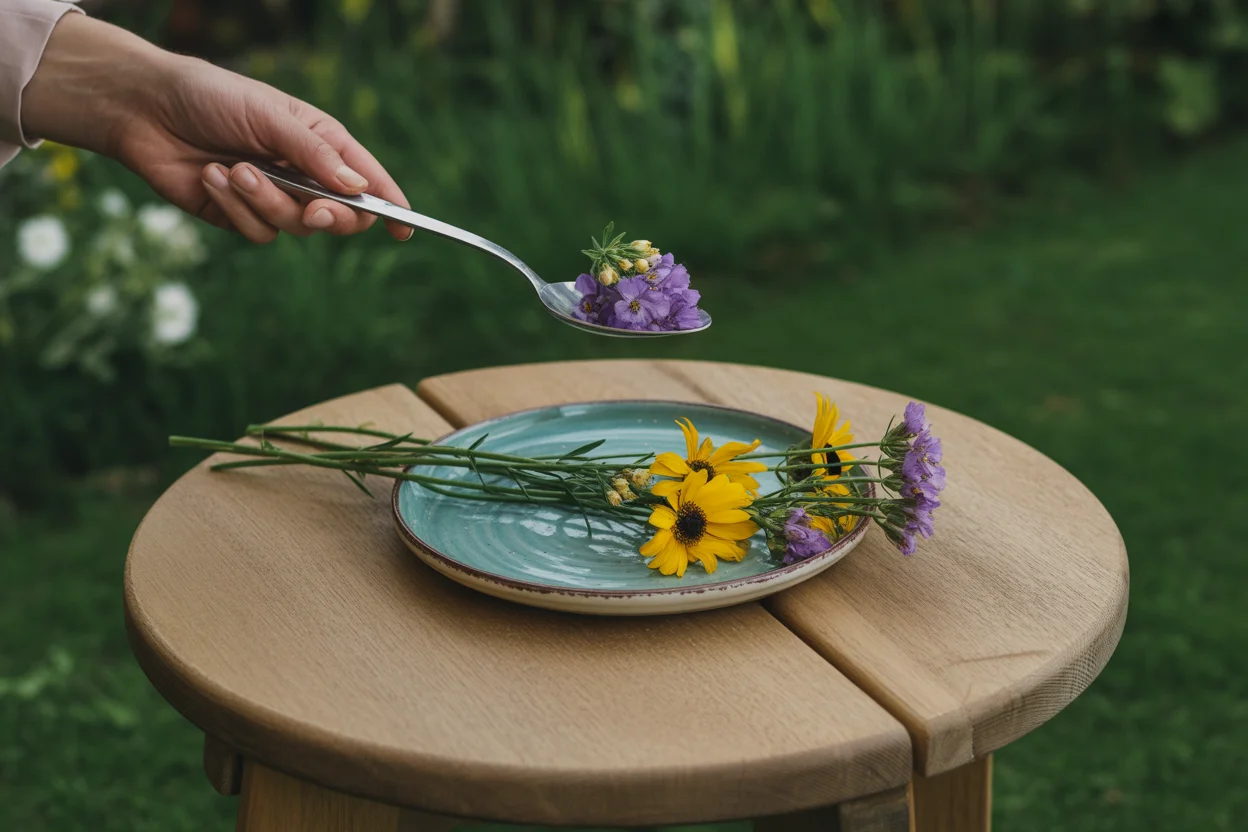
TRANSFORM A SIDE YARD
Worst part of my property was the awkward side strip. So boring! But with a few tweaks… now it’s my favorite nook.
Think of your side yard as a private passage or secret hideaway. String up fairy lights along the fence (yes, they’re not just for Christmas). Lay down stepping stones, toss in potted ferns or herbs. Sudden jungle vibes. You could look for more tiny garden inspiration too—every narrow path can shine.
Add a bench if you’ve got room. I sometimes sneak out there with my morning coffee and actually feel like a garden person, even if my hair’s a mess. For tight shade, check out options like these shade-loving plants. Your forgotten alley can be your new happy place.
“We followed these steps in our drab side yard, and now it feels like a mini tropical escape. My husband and I actually compete for ‘coffee time’ out there!” — Maria S.
MAKE THE MOST OF TINY SPACES
Alright, this is where the magic needs to happen. In my last apartment, my “garden” was one square meter of concrete and a plastic chair. Did I give up? Not a chance!
Go up when you can’t go out. Wall-mounted pots, stacked planters, even shoe organizers hold herbs and lettuce (yep, tried it, totally worked). If there’s a single step or corner, that’s a new spot for a quirky container.
Mix in mirrors for depth. Squeeze in mini lights for cozy evenings. I used to roll my planters around on little wheeled trays to chase the sun. Super handy if you like to mix things up for dinner guests. And don’t ignore vertical real estate—lattice for vines, shelves for succulents. (Just use sturdy fixings unless you want a faceful of soil when the wind picks up.)
If you’re not sure where to start, check out these container garden ideas for serious inspo. Your tiny spot has tons of potential.
Bring Your Outdoor Space to Life!
You don’t need a five-star resort or giant budget to have a cozy, magical garden—promise. With the right small garden ideas and a few bits of clever DIY, you can turn even the dinkiest corner into your sanctuary. Get creative, don’t fear a little “messy chic,” and remember… everyone started somewhere. For more genius inspiration, take a peek at what Garden Design recommends or these wallet-friendly tricks from Good Housekeeping’s small garden guide. Just grab a shovel, and let your space bloom! 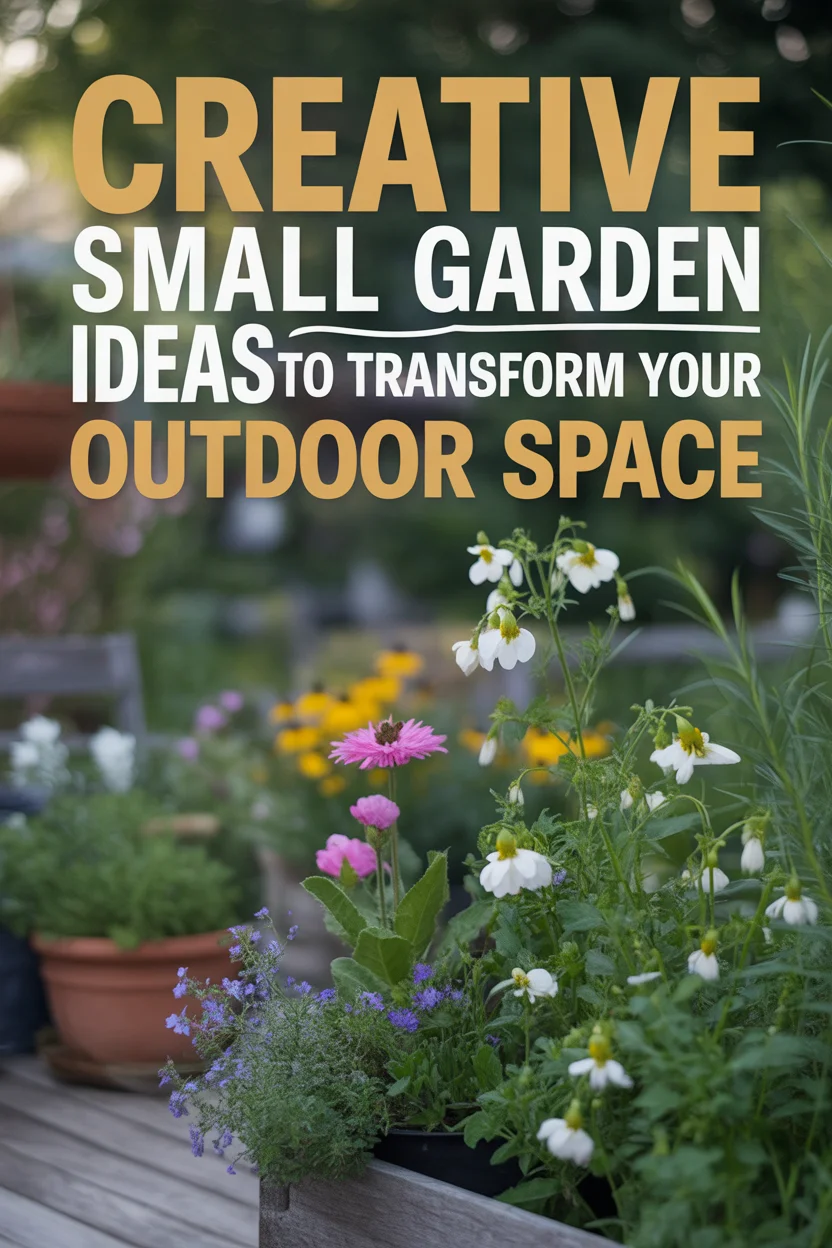
FAQ about Small Garden Ideas
How do I make my small garden nice?
Honestly, it isn’t about expensive stuff. I start by tidying up. Pull weeds, clear clutter—that alone works wonders. Then I add something eye-catching: a bright cushion, a potted lavender, cheap solar lights. Even a quirky gnome if I’m feeling cheeky! Regular maintenance is key; water and trim often. And never underestimate fresh mulch. Magic stuff.
What is the 70/30 rule in gardening?
Don’t let the fancy-sounding name trip you up. The 70/30 rule means you fill about 70% of your space with reliable, long-living plants (think evergreen shrubs, ferns, or perennials that stick around). Then, use the remaining 30% for seasonal color—flowers, annuals, or show-off plants. It keeps your space lively but not messy.
What is the best layout for a small vegetable garden?
Go for raised beds or big containers in a sunny spot. I like layouts with plants in rows or squares—makes it easier to reach everything. Don’t pack too much in or you’ll forget something behind a tomato jungle. Pair tall crops at the back and low ones up front.
What are the best things to plant in a small garden?
My favorites: herbs (mint, basil, thyme), salad greens, cherry tomatoes for sure, and compact flowers like marigolds or violas. Dwarf fruit trees if you want to go all out. Oh, and succulents. They barely need attention. Basically, look for plants labeled “patio,” “compact,” or “dwarf”—they’re made for snug spaces.
